Second area
This room has a lot of mock-ups (many at full scale). Unfortunatly the museum was in renovation at this moment and the room was more like a storehouse (with plastic covers) than a prestigious space exploration museum.
Mock-up of the Saliut station.
Water dispenser, Saliut 6.
Food set.
Space suit, from left to right.
- Chibis (make a depression on the legs to redirect the blood stream down the body).
- Penguin (used by the cosmonauts for physical training in the Saliut station).
- Sokol KV-1 (used in the Soyuz space craft to help in case of sudden depressurisation).
Work tools.
Some artefacts.
Inside a Soyuz spacecraft.
Sample return Raduga capsule (launch with a Progress cargo).
Engine.
Vostok spacecraft (first spacecraft). The cosmonaut takes place in the descent module (the sphere), this is the only part which came back on Earth. The service modul containing on-board systems and tanks is located underneath. It is fastened to the descent modul by four green strips (in metal). It tears out the descent modul just when this one is beginning its descent in the dense atmospheric layers.
Lunar rock samples
Molnya-1 satellite (telecommunication satellite).
Vostok spacecraft.
Vostok ejectable seat.
Engine RD-0109. Works with LOX/Kerosen, used on the third stage, bloc I, of the Vostok launcher.
Satellite.
Buran-Energia.
Gyroscope.
Proton-1 satellite (12.2 tons). First satellite of a four serie, launch between 1965 and 1968. Their duty was to study the energetic and highly energetic particules, they were the first payloads of the Proton rocket.
Survival equipment on-board Soyuz and Vostok.
Engine 11D122 or RD-0120. This is the engine of the second stage of the Energia launcher, it works with LOX/LOH.
Survival suit on sea.
Showcase.
Map of the Cosmodrome.
Engine RD-214 (used on the R-12 rocket).
Mars-3 probe. This probe was outfited with a lander, this is the first lander to touch the Marsian soil, softly, on December 2, 1971, while the satellite stayed in orbit to study the planet. Launch on May 28,1971.
Venera probe, lading probe (Venus planet).
In a corner is located a small showcase showing the Apollo 11 crew (first american mission to land on the Moon) and the Lunokhod.
Lunokhod. Lunar rover piloted from the Earth. Launched on 1970 and 1973. Lunokhod-1 was the first piloted robot to land on an extraterrestrial ground. It wheeled on 10 540 meters and sent more than 20 000 pictures of which more than 200 panoramas. It achieved more than 500 tests on the Lunar surface.
Luna-16. First probe to bring back lunar samples. It was preceded by the American Apollo 11 and Apollo 12 mission. Launched on september 13, 1970.
Luna-2. Second probe sent to the moon, is crashed in the Serenitatis Mare. From similar design of the Luna-1 it bring the same instruments and an ion trap at the opposite location of the telecommunication antennas, on September 13, 1959 it released on orange sodium cloud on the way to the moon to help track its trajectory and study the behaviour of this cloud in space. Launch on September 12, 1959.
Control system of Luna-9.
Luna device.
Luna-9. Luna-9 is the first probe to soft land on the moon and the transmit pictures of the soil. The lander weighed 99kg. This sealed capsule was equipped with a radio transmitter, an internal clock, a thermal control system, scientific equipments, power supplies and a television device. Launch on January 25, 1966.
Gyroscopes and inertial wheel.
Soyuz’s control panel.
Luna-3. The probe transmitted pictures of the far side of the Moon. Even if the pictures were of poor quality they were processed and were used in a Moon atlas. Launched on October 1959.
Landing areas on the Moon of the Soviets (probes and rovers) and Americans (probes and Apollo).
Zond-3. Probe sent to Mars to take detailled pictures, it was the first probe of the Zond family achieved its mission. Launched on July 18, 1965.
Nose cone and compartment of the Sputnik 2. Spacecraft that put Laika into space.
Sputnik 3 or Object D. It should have been the first satellite launch but was delayed in its assembling because of scientific instruments (12 in total). Thos instruments should have send informations about the density of the high atmosphere, cosmic rays, solar rays, presence of high energy particules and micro-meteorites. But the main objective was to study the Van Allen Belt discovered earlier by the American satellite Explorer 1.
MR-1 stage.
MR-12 stage.
Satellite of the Cosmos family.
Showcase with documents about the construction of the Baikonur cosmodrome and the first launchs.
Rockets.
Main section with the parachute of the geophysical rocket R-1D.
Space probe. Launch on October 12, 1967.
Engine RD-1K3.
Venera-1 probe. Was the first interplanetary probe, the communication with the probe was lost before its arrival near Venus, but the study of the scientific datas helped the scientists to confirm the presence of the solar wind in the interplanetary vacuum. Launched on February 1961.
GIRD rocket.
Documents about the GIRD.
Comments
|
Comment
from
Caroline Sheen
|
We would like to obtain the photo of the Venera spacecraft shown on your Web site for use in Air & Space magazine. Could you help us to find the high-resolution version? Thank you.
http://www.buran-energia.com/blog/tsiolkovsky-state-museum-of-the-history-of-cosmonautics/second-area/
- Caroline
|
Comment
from
Vassili Petrovitch
|
Hello,
I just send you the high-res pictures by e-mail.
If you want another pictures just let me know.
Respectfully.
|
Comment
from
David L. Rickman
|
Excellent photos of the Proton 1 satellite. Is it possible to get high res copies of these?
Thanks for posting!
David
|
Comment
from
Vassili Petrovitch
|
yes I can send you high res picture of the Proton satellite.
|
Comment
from
Philippe Vigneron
|
I would like to obtain photos of Konstantin Tsiolkovsky’s flying wing-airship projects and eventually the history of those projects.
Thanking you in advance for your kind understanding.
Best regards
Philippe
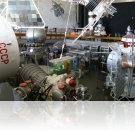
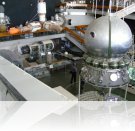
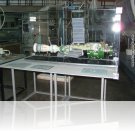
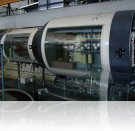
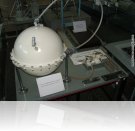
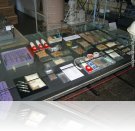
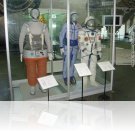
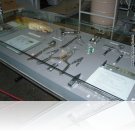
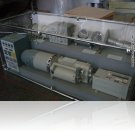
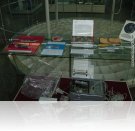
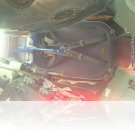
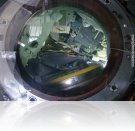
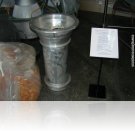
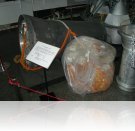
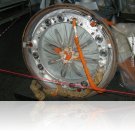
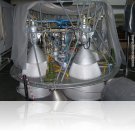
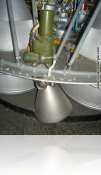
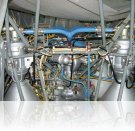
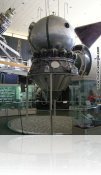
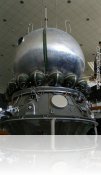
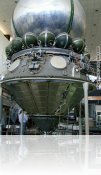
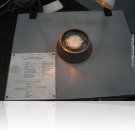
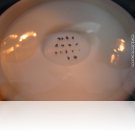
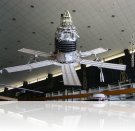
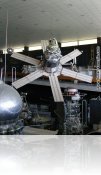
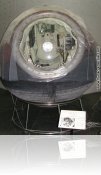
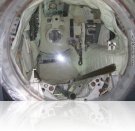
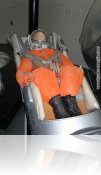
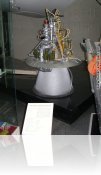
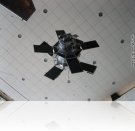
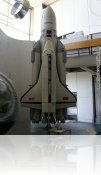
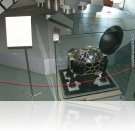
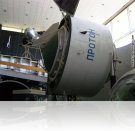
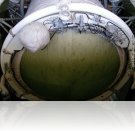
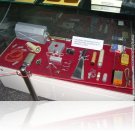
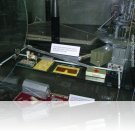
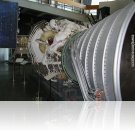
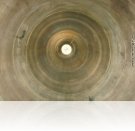
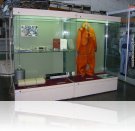
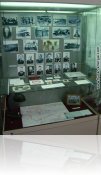
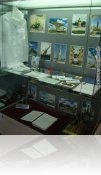
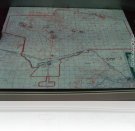
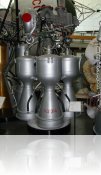
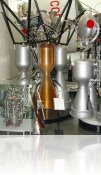
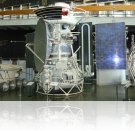
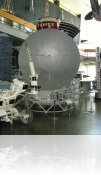
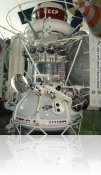
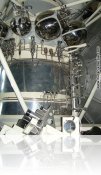
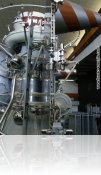
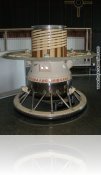
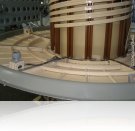
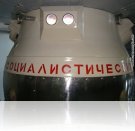
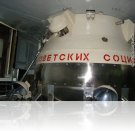
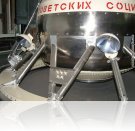
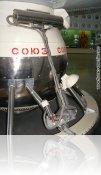
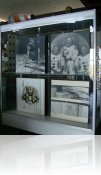
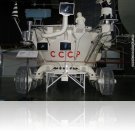
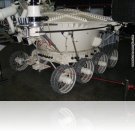
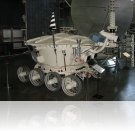
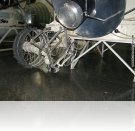
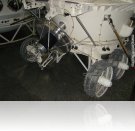
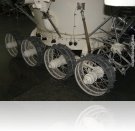
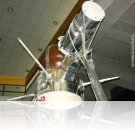
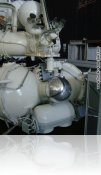
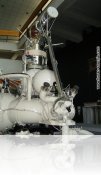
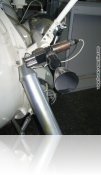
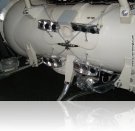
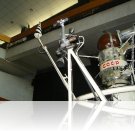
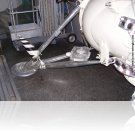
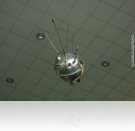
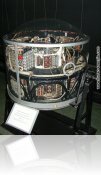
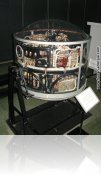
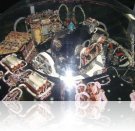
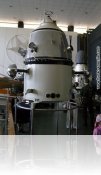
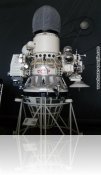
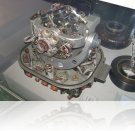
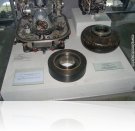
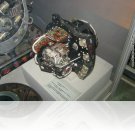
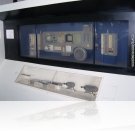
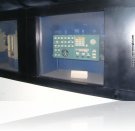
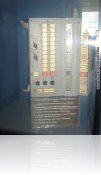
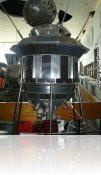
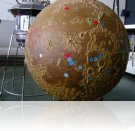
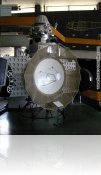
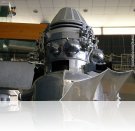
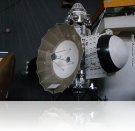
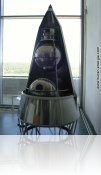
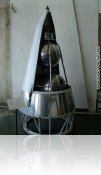
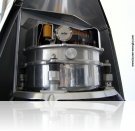
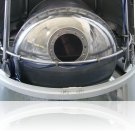
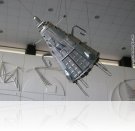
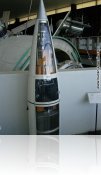
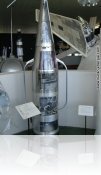
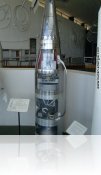
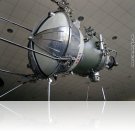
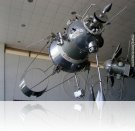
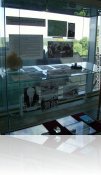
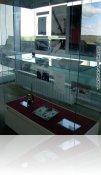
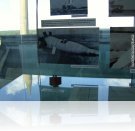
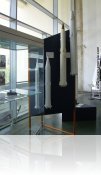
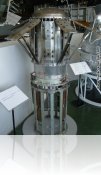
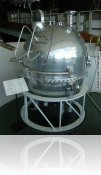
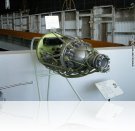
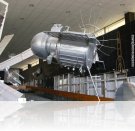
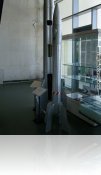
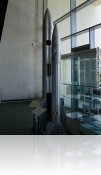
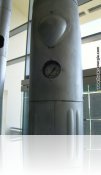
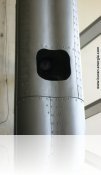
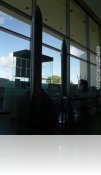
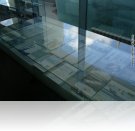
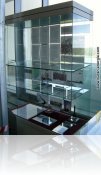
Write a comment